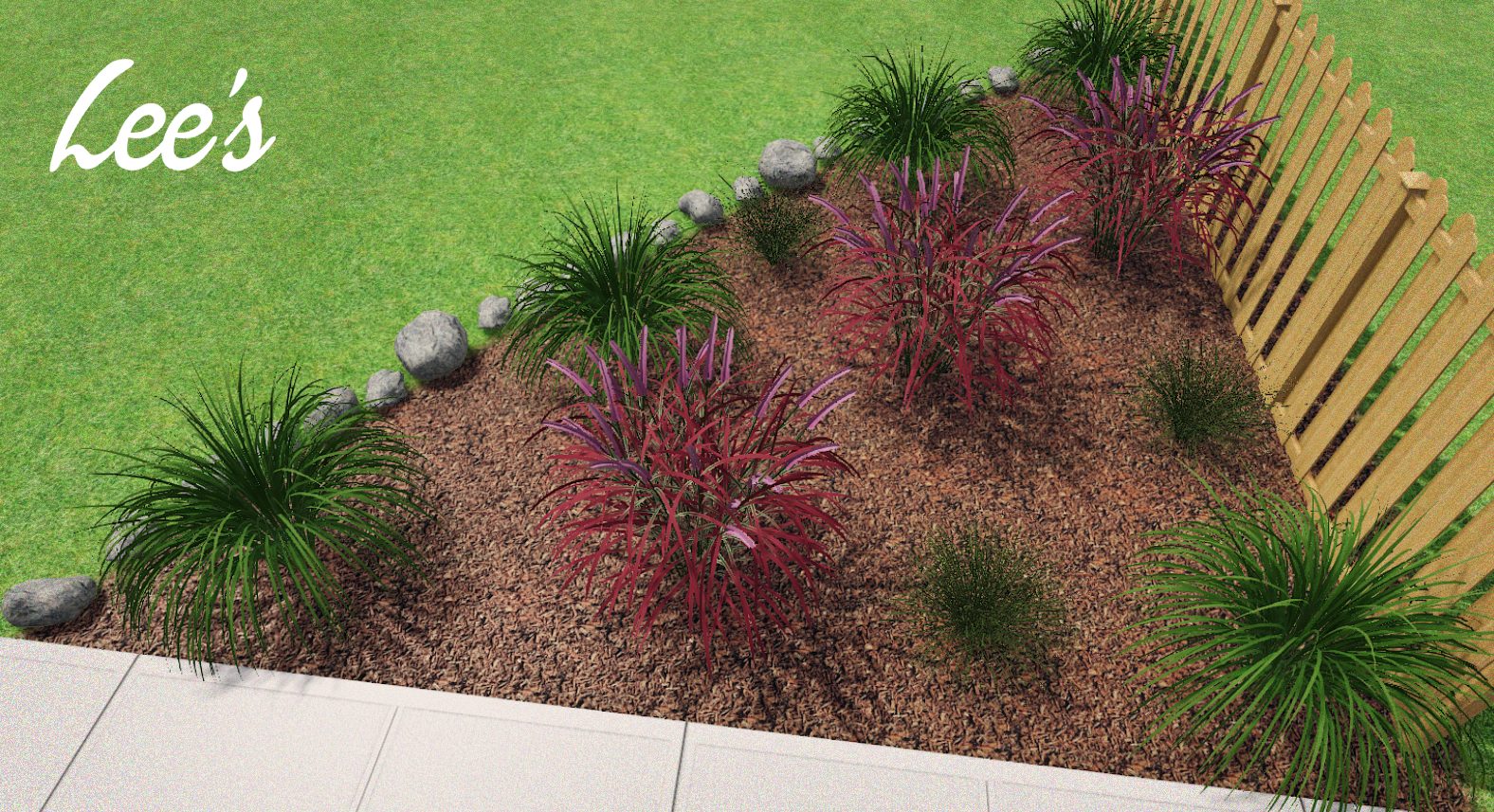DIY Seattle Landscape Maintenance: Essential Tips for Thriving Outdoor Spaces
Seattle’s natural beauty, with its lush greenery and mild, rainy climate, makes it the perfect place to create and maintain a stunning landscape. Whether you’re new to landscape maintenance or a seasoned gardener, taking the right steps to care for your outdoor space can enhance the beauty and health of your yard. Here’s a guide to help you navigate essential DIY landscape maintenance tasks for Seattle’s unique environment.
DIY Seattle Landscape Maintenance Tips
| Tip | Description |
|---|---|
| Choose the Right Plants for Seattle’s Climate | Opt for native and drought-tolerant plants like sword ferns, Pacific rhododendrons, and salal, which thrive in Seattle’s wet winters and dry summers. |
| Plan for Drainage | Install drainage systems such as French drains or dry creek beds to prevent water pooling during Seattle’s frequent rainfall. |
| Mulch to Retain Moisture | Apply a 2-3 inch layer of organic mulch to retain moisture, prevent weeds, and improve soil health as it decomposes. |
| Pruning and Trimming | Regularly prune trees, shrubs, and hedges to promote healthy growth. Prune trees in winter and shrubs in spring to optimize growth. |
| Weed Management | Hand-pull weeds or use eco-friendly weed killers. Use landscape fabric or mulch to prevent weed regrowth. |
| Lawn Care | Mow your lawn regularly, aerate annually, and overseed in the fall. Keep your grass at 2-3 inches for optimal health in Seattle’s climate. |
| Fertilizing | Fertilize your lawn in spring and fall, and use organic fertilizers to feed plants during their active growing season. |
| Irrigation | Install soaker hoses or an irrigation system to water plants efficiently. Water early in the morning to reduce evaporation. |
| Prepare for Winter | Clean up fallen leaves, prune perennials, and protect sensitive plants with frost covers before the winter cold arrives. |
| Add Seasonal Color | Plant seasonal flowers like tulips in spring or marigolds and petunias in summer to maintain vibrancy in your landscape year-round. |

The Process of Landscape Maintenance
| Process Step | Description |
|---|---|
| Planning | Assess your landscape needs according to the season. Create a plan for drainage, plant selection, and regular tasks like mowing, pruning, and weeding. |
| Soil and Planting | Test and amend soil as needed. Plant trees, shrubs, and flowers based on their specific needs, including light, water, and space requirements. |
| Irrigation Setup | Install an irrigation system or use watering techniques suited to your plants. Consider using rain barrels to capture and reuse rainwater for your garden. |
| Regular Maintenance | Weekly tasks include mowing the lawn, watering, and pulling weeds. Monthly tasks include pruning plants, checking for pests, and applying mulch. Seasonal tasks involve fertilizing, planting new flowers, cleaning debris, and preparing for weather changes. |
| Pest and Weed Control | Monitor your garden for pests and diseases, and manage weeds with manual removal or eco-friendly treatments. |
| Winterizing | Prepare for colder months by protecting plants, cleaning up leaves, and cutting back perennials. Cover delicate plants to shield them from frost. |
Benefits of Hiring a Landscaping Contractor
While DIY maintenance is rewarding, there are significant advantages to hiring a professional contractor for certain tasks. Here are the key benefits of working with a professional landscaping service:
| Benefit | Description |
|---|---|
| Expertise and Knowledge | Professional landscapers understand Seattle’s climate and plant life, ensuring your yard remains healthy and beautiful year-round. |
| Access to Advanced Tools | Contractors have specialized tools, such as aerators, heavy-duty trimmers, and irrigation systems, making complex tasks quicker and more efficient. |
| Time-Saving | Hiring a professional frees up your time to focus on other activities, while they handle tasks like mowing, mulching, and pruning. |
| Customized Solutions | Contractors tailor their services to meet the unique needs of your yard, including soil quality, plant selection, and long-term care plans. |
| Preventing Costly Mistakes | Professionals avoid common errors like improper pruning, over-watering, or selecting unsuitable plants, saving you money in the long run. |
| Sustainable Practices | Many contractors use eco-friendly techniques, such as installing drought-tolerant plants, rain gardens, and efficient irrigation systems. |
| Increased Property Value | A well-maintained landscape improves curb appeal and can increase your property’s market value. |
| Stress-Free Maintenance | A contractor ensures your landscape stays in top shape without requiring effort on your part, particularly for larger or more complex yards. |
When to DIY vs. Hire a Contractor
DIY Landscape Maintenance:
- Routine tasks like mowing, weeding, and light pruning
- Seasonal planting and adding color to your garden
- Simple irrigation system setup
- Soil testing and basic plant care
Hiring a Professional Contractor:
- Complex tasks like lawn aeration, hardscaping, and drainage system installation
- Large-scale landscaping projects or garden design
- Ongoing maintenance for larger yards or commercial properties
- When you’re limited by time, physical capability, or specialized equipment needs
Whether you choose to handle your landscape maintenance on your own or hire a professional, it’s important to consider your yard’s needs and Seattle’s unique climate. By following the steps for DIY care or enlisting the help of a trusted contractor, you can create a thriving, beautiful outdoor space that enhances your home’s curb appeal and provides enjoyment throughout the year.

Ready?
Maintaining a Seattle landscape can be both rewarding and challenging due to the region’s wet winters and dry summers. While DIY landscape maintenance offers a hands-on approach to creating a beautiful yard, hiring a professional contractor can provide you with expert knowledge, advanced tools, and personalized solutions that ensure your outdoor space thrives year-round.



















